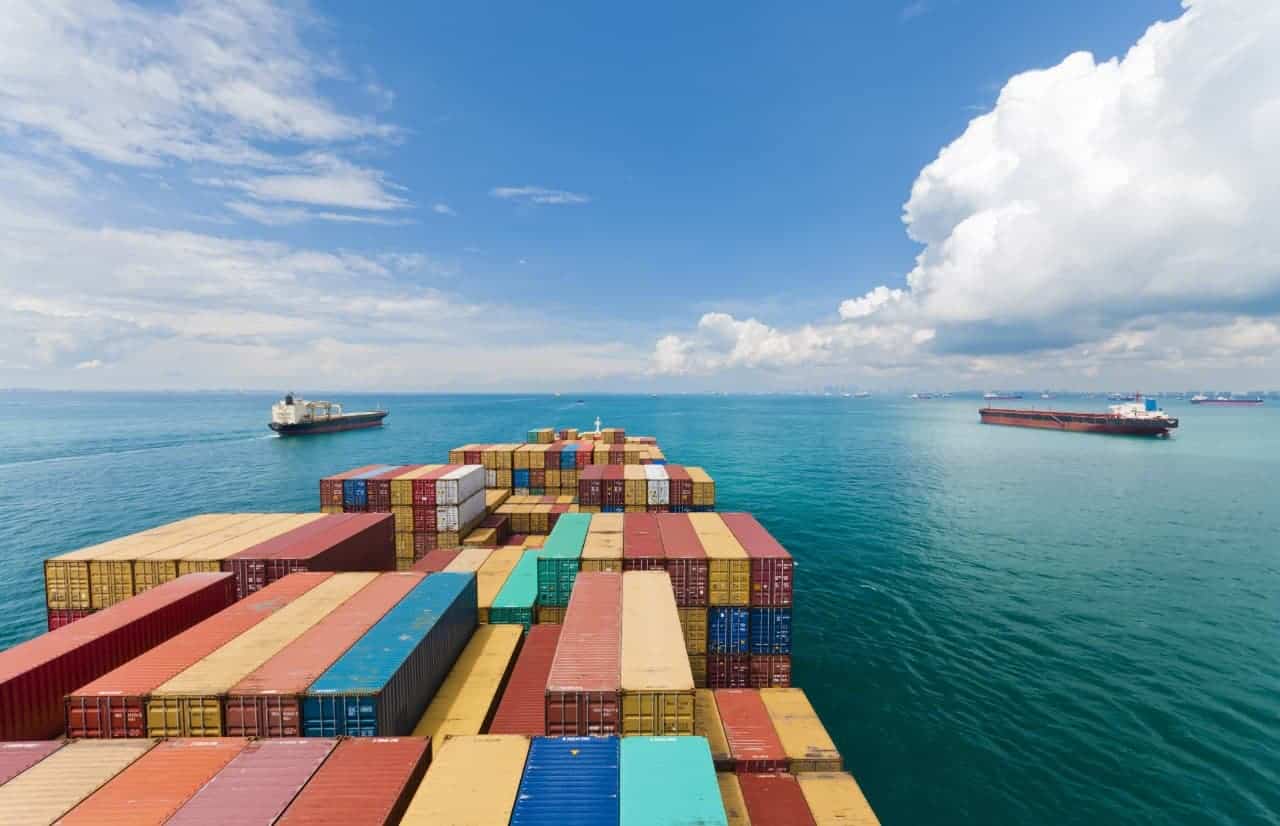DUBAI, UAE – The outlook for 2024 remains “highly uncertain and generally pessimistic,” UNCTAD says in the Global Trade Update, citing factors like ongoing geopolitical tensions, escalating debt and widespread economic fragility.
Other elements weighing on trade include lower demand in developed countries, less trade in East Asia, an uptick in trade-restrictive measures, commodity price volatility and lengthening supply chains, particularly between China and the US.
However, the report, released on Monday, notes a few positive trends in 2023.
These include a slight increase in trade volumes, suggesting resilient global demand for imports and a US$500 billion increase in trade in services.
The sector grew by 7 percent in 2023 thanks in part to a delayed COVID-19 recovery.
Some developing economies, particularly Mexico and East Asian countries, have had opportunities to better integrate the supply chains affected by geopolitical concerns.
Friend-shoring is a growing trend
The report shows that global trade patterns are increasingly influenced by geopolitics, with countries showing preferences for politically aligned trade partners, a trend termed “friend-shoring”.
The trend has become more pronounced since late 2022. Meanwhile, the geographical proximity in international trade — nearshoring or far-shoring — has remained relatively stable.
The report also highlights a marked increase in trade concentration. “There has been an overall decrease in the diversification of trade partners, indicating a concentration of global trade within major trade relationships.”
Trade-restrictive measures on the rise
The Global Trade Update notes a significant uptick in 2023 in trade-restrictive measures, especially non-tariff measures (NTMs).
It says the increase is driven by a resurgence of industrial policies and the pressing need for countries to fulfill climate commitments. These factors have prompted countries to favor policies that support domestic industries and reduce reliance on foreign supply chains.
Another recent UNCTAD report, trade regulations for climate action, identified 2,366 climate change-related NTMs affecting 3.5 percent of all potentially tradable goods and covering 26.4 percent of global trade.
“These inward-looking policies are anticipated to impede the growth of international trade,” the Global Trade Update says.
A mixed picture for the main sectors
UNCTAD’s latest update on global trade presents a mixed picture across economic sectors.
The report shows a decline in 2023 for office and communication equipment (-17 percent), textiles (-13 percent) and apparel (-11 percent).
In contrast, sectors like road vehicles and transport equipment have seen growth rates of 13 percent and 25 percent, respectively.
However, the positive yearly trend in these sectors took a downturn in the third quarter of 2023.
Looking to 2024, the commodities sector faces continued uncertainty due to persistent regional conflicts and geopolitical tensions.
The growing need to secure critical minerals, vital for the energy transition, is expected to add to volatility in these markets.

